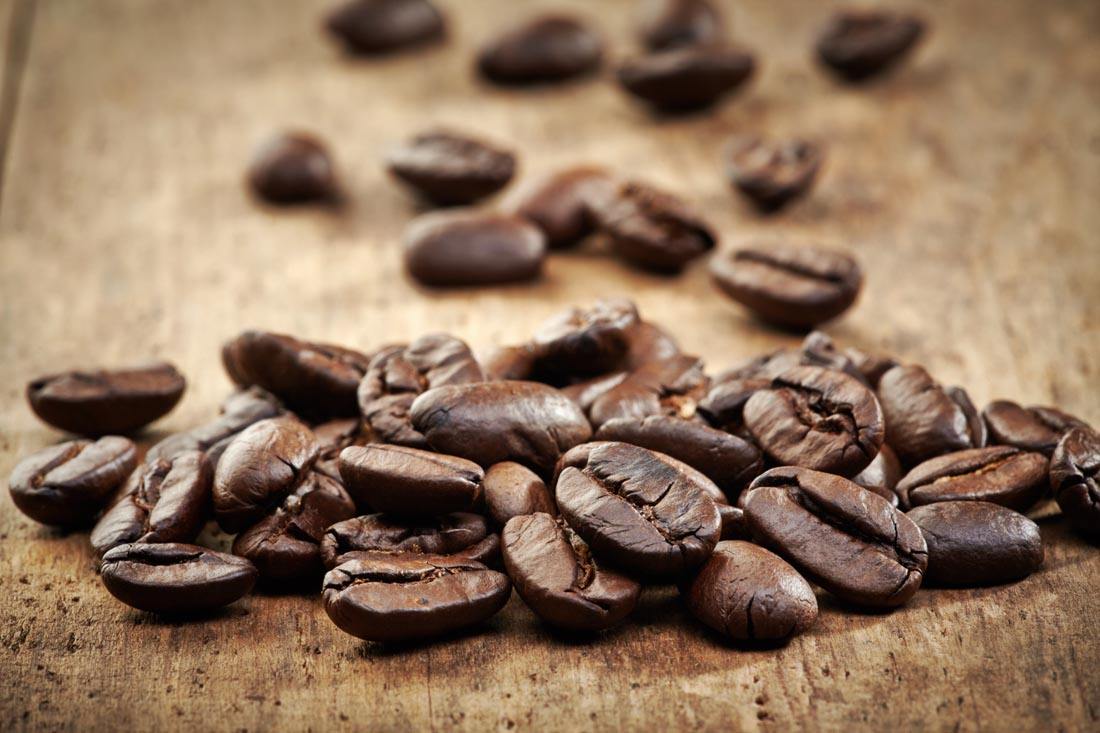What are the varieties of coffee beans in Brazil and the flavor of Brazilian coffee beans?
Follow the caf é (Wechat official account vdailycom) and found that Beautiful Cafe opened a small shop of its own.
What kinds of coffee beans are there in Brazil?
Although coffee is diverse, Brazilian coffee is suitable for the taste of the public. For example, coffee produced in the northern coastal areas has a typical iodine taste, reminiscent of the sea after drinking. This coffee is exported to North America, the Middle East and Eastern Europe. Another kind of coffee that is interesting and worth looking for is washed Bahia. This kind of coffee is not easy to find because Brazil is the world's largest consumer of coffee after the United States, and many of the best coffee can only be found in its domestic market.
In Brazil, the largest producer is Robbins. This kind of coffee is sold in the supermarket. Brazil's Robucht coffee, sold under the name Conillon, accounts for 15 per cent of total production.
Old bourbon coffee is grown on some estates in the Serrado district of MinasGreais in southeastern Brazil. These estates, such as Caping Blanco (CapinBranco) and Vista Allegre (VistaAllegre), grow old varieties of bourbon coffee on the market. Although they come from the same area, these coffees have their own characteristics. Capingblanco coffee is smoother than Vesta Allegre coffee, while Vesta Allegre coffee is strong and black, both of which have lower acidity. However, like all Brazilian coffee, they are most suitable for drinking when they are fresh and tender, because the older they are, the more acidic they are. These coffee growers have organized themselves into the Brazilian Special Coffee Association (the Speciality Coffee Association of Brazil).

The flavor of Brazilian coffee beans
Brazilian coffee beans are neutral and can be tasted alone (though a bit monotonous), or mixed with other kinds of coffee beans to form a comprehensive coffee, which is generally considered to be indispensable in blending.
Brazil also has a "Rio" bean, exported by Rio de Janeiro, which is also famous, but it is named not because it tastes good, but because it tastes strange. It has a strong smell of iodine, which coffee experts particularly call "Rio"; another dishonorable word related to Rio beans is used to describe a somewhat irritating taste, called "Rioy," caused by coffee berries dried on trees that continue to ferment during drying and are often found in dried Rio beans.
The most famous Brazilian coffee is Sandos Coffee, which tastes mellow and neutral. It can be boiled directly or mixed with other kinds of coffee beans to form a comprehensive coffee.
Other kinds of Brazilian coffee, such as Rio and Parana, can be produced in large quantities because they do not need too much care. Although the taste is rough, it is a kind of high-quality and inexpensive coffee, which has its own standards because it is distributed all over the country and varies in quality (NO.2-NO.8 according to the number of sundries, NO.13--NO.19 according to the size of beans, and six grades according to taste). Almost all Arabica varieties are of good quality and stable in price. The most famous one is "Brazil Santos", which has been a necessity of blended coffee and is familiar to the public since ancient times. Recently, the "Guilma Cup" is also highly rated.
● quality beans: Sangduo NO.2, size NO.18
The characteristics of ● taste: mild, bitter medium, soft flavor.
The best fried culture degree of ●: medium fried culture.
Important Notice :
前街咖啡 FrontStreet Coffee has moved to new addredd:
FrontStreet Coffee Address: 315,Donghua East Road,GuangZhou
Tel:020 38364473
- Prev

Flavor of Brazilian coffee beans and brewing methods of Brazilian coffee beans
Follow the caf é (Wechat official account vdailycom) found that the beautiful cafe opened its own small shop Brazilian coffee beans flavor Brazil is the largest coffee producer, various grades, types of coffee accounted for 1/3 of the global consumption, occupy a place in the global coffee market, although Brazil faces natural disasters several times higher than other regions, but it can be planted
- Next

What is the market situation of Brazilian coffee beans? what are the varieties of Brazilian coffee beans?
Follow the comments (Wechat official account vdailycom) found that the coffee shop opened a small shop in Brazil. How are Brazilian coffee beans going? Brazilian Agriculture Minister Blairo Maggi said on Monday that the Brazilian government plans to allow Robusta coffee beans to be imported from Vietnam. Brazilian instant coffee producers have been lobbying on the issue for months. Tuesday (February 21), Saint Eyre
Related
- Detailed explanation of Jadeite planting Land in Panamanian Jadeite Manor introduction to the grading system of Jadeite competitive bidding, Red bid, Green bid and Rose Summer
- Story of Coffee planting in Brenka region of Costa Rica Stonehenge Manor anaerobic heavy honey treatment of flavor mouth
- What's on the barrel of Blue Mountain Coffee beans?
- Can American coffee also pull flowers? How to use hot American style to pull out a good-looking pattern?
- Can you make a cold extract with coffee beans? What is the right proportion for cold-extracted coffee formula?
- Indonesian PWN Gold Mandrine Coffee Origin Features Flavor How to Chong? Mandolin coffee is American.
- A brief introduction to the flavor characteristics of Brazilian yellow bourbon coffee beans
- What is the effect of different water quality on the flavor of cold-extracted coffee? What kind of water is best for brewing coffee?
- Why do you think of Rose Summer whenever you mention Panamanian coffee?
- Introduction to the characteristics of authentic blue mountain coffee bean producing areas? What is the CIB Coffee Authority in Jamaica?

